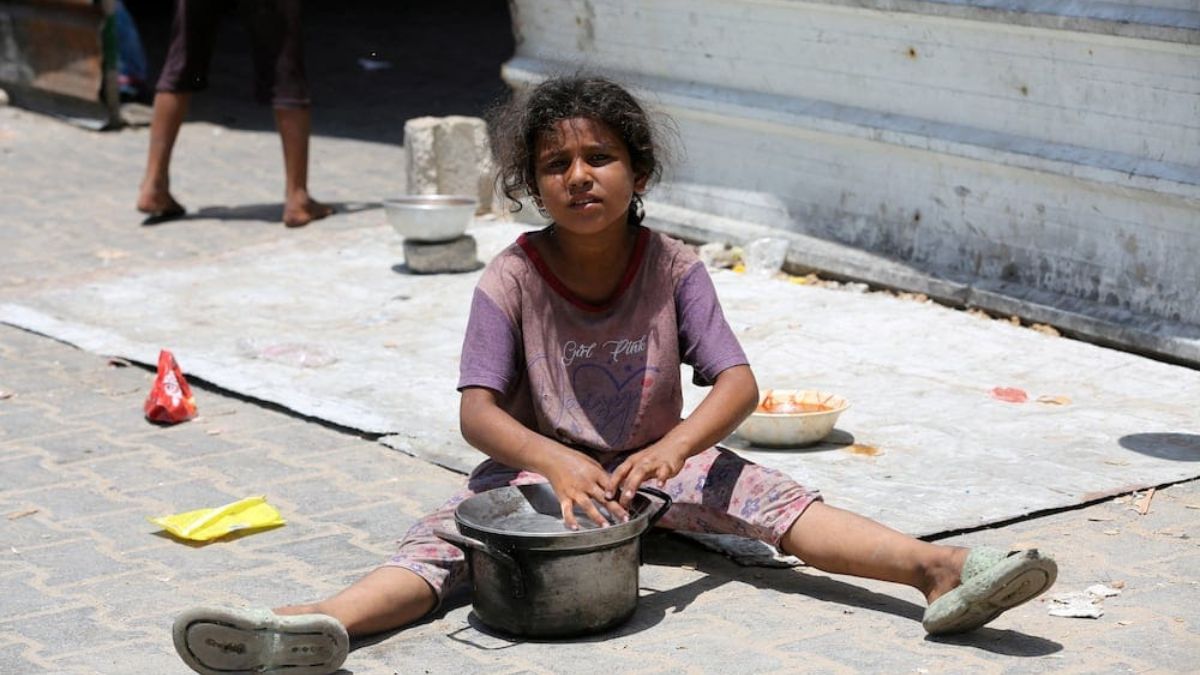More than a fifth of Gaza’s population is in the grip of severe, catastrophic food insecurity, as per IPC.
The ongoing conflict between Hamas and Israel has led to a dire humanitarian crisis in the Gaza Strip. The delivery of humanitarian aid has been severely limited due to the continuous attacks and invasions, as reported by a global hunger monitor on Tuesday.
The Famine Review Committee Report
According to the Integrated Food Security Phase Classification (IPC), over 495,000 individuals are currently experiencing the highest level of food insecurity, categorized as the most severe and catastrophic.
The initial assessment conducted by the organization took place in December 2023. It indicated that the threat of famine would escalate steadily from December 2023 to May 2024 if the limitations on humanitarian assistance continued due to the Israeli offensive.
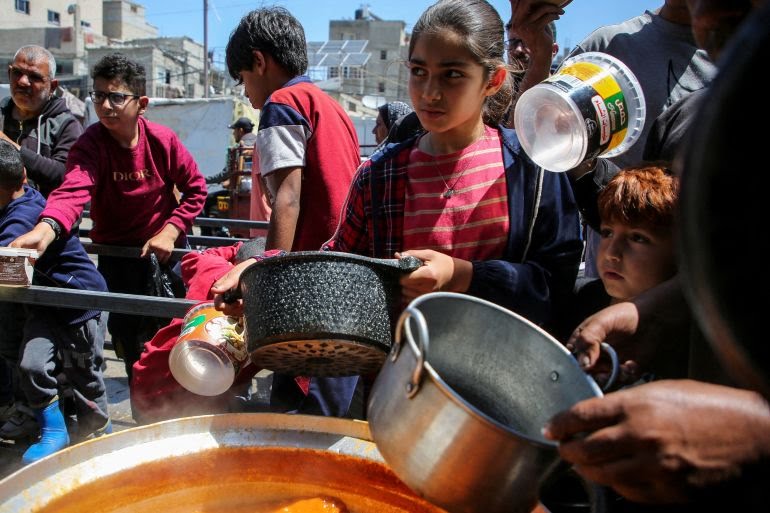
On the 18th of March 2024, the second review revealed distressing news of a spreading famine in Northern Gaza and the surrounding governorates of the Gaza Strip. However, there were also glimpses of hope, with reports of the arrival of food and non-food items in the area, signaling a potential revival. Encouragingly, the available evidence did not indicate any ongoing signs of famine.
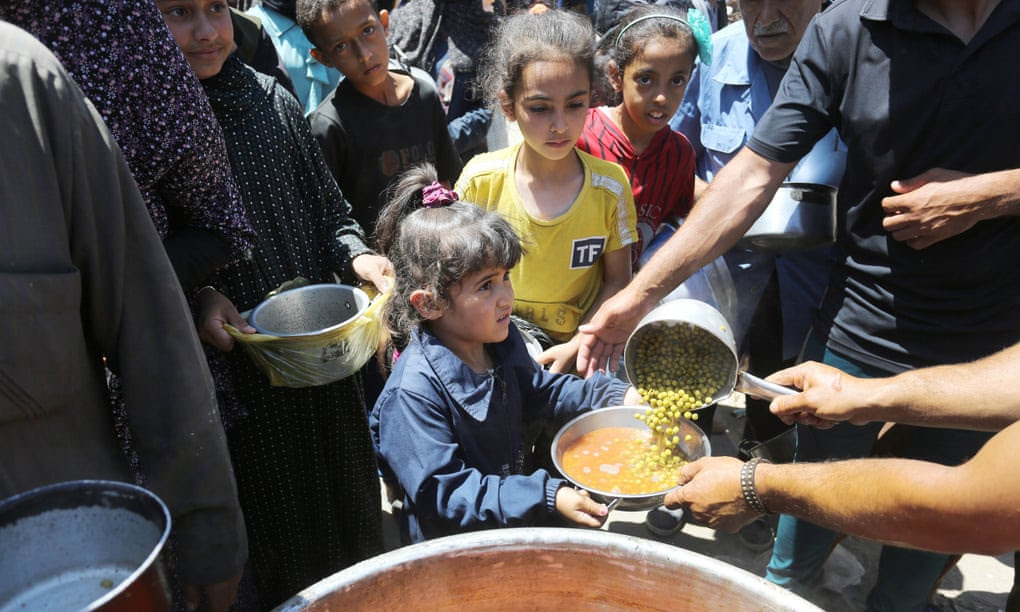
Palestinians displaced from Rafah wait in long queues to get a bowl of food distributed by charity organizations in Deir al-Balah, Gaza, last month. Photograph: Anadolu/Getty Images
The latest report, covering the period from March to July 2024, and focusing on the plausibility period from June 16th to September 30th, 2024, was carried out by FRC. The report highlighted the potential risk of famine spreading due to ongoing conflict and limited access to humanitarian aid.
The report emphasizes the importance of considering the humanitarian crisis in Gaza when analyzing the data from the March review. It stresses the need to take action to prevent the region from facing an escalating risk of famine.
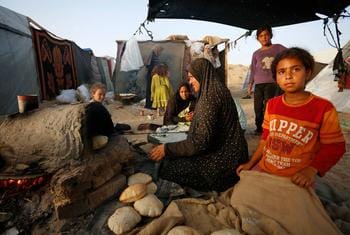
The report detailed the phenomenon of people exchanging food for clothes and mentioned that a third of the population has resorted to picking up discarded items to sell. It also stated that over 20 percent of the surveyed individuals had experienced periods of going without food for entire days and nights.
Before the recent conflict with Israel, a significant percentage of Gaza residents depended on international aid for their basic needs. The blockade at the borders with Egypt and Israel had already been causing significant economic hardships in the region. Following the prolonged offensive, the situation in the Gaza Strip has deteriorated further, and there are concerns about the area sliding into a severe famine.
The WFP
World Food Program while concerned over platform X about the high-risk famine in the Gaza Strip, said that 96% of the population faces extreme levels of hunger. Full and sustained humanitarian aid access is critical in these times said the WFP handle.
The report at extent says that not ‘one centimeter’ is safe in Gaza, where the war laws are disregarded said a UN aid worker on Tuesday.
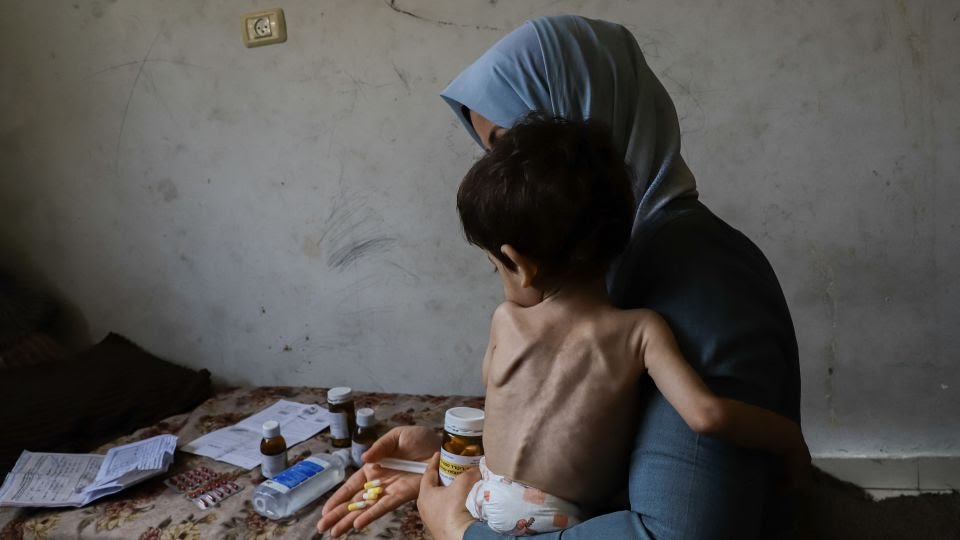
The Geneva Journalist, after the second deployment in Gaza, said that the malnourished Gazan children are left without lifesaving help because of the daily puzzles of sending help to the sites. She adds to misery by saying that the building that is being bombarded leaves you 10 to 15 minutes to leave while the children are sleeping next door.
The Contrast
The latest news from the UN highlights the plight of children who have had amputations, as well as the ongoing daily bombings in the area. It provides valuable insight into the current situation on the ground. In contrast, Israeli media appears to downplay the potential threat of famine by stating that the report only addresses the ‘risk’, without considering the possible future consequences or the predictions made by the organization.


